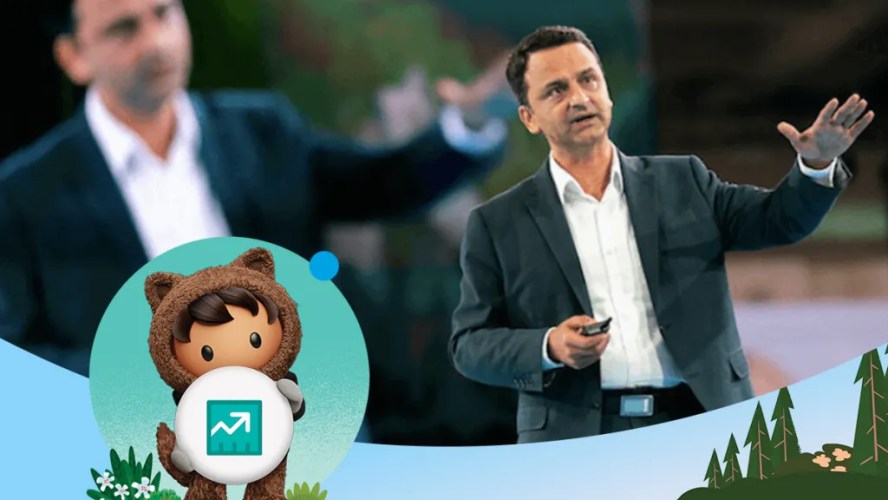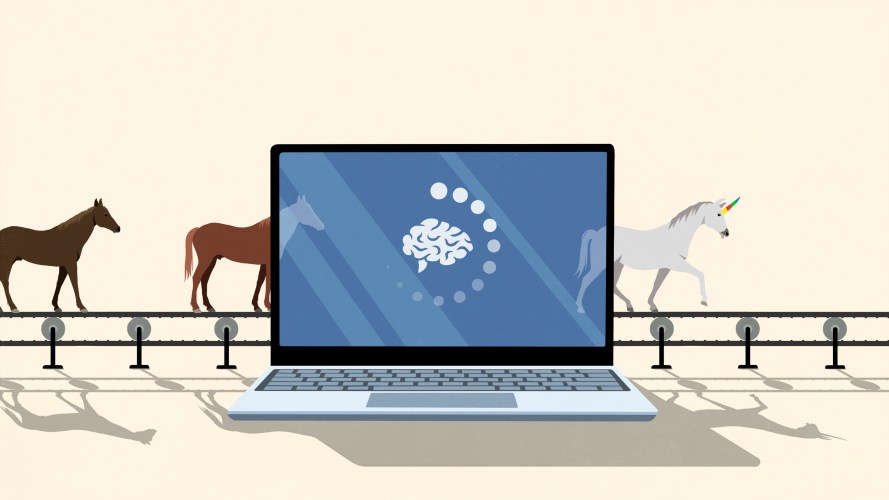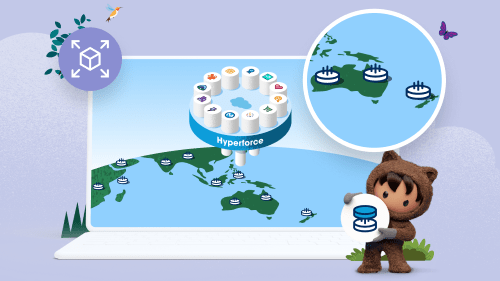The Role of the CIO in Improving Employee Engagement



52% of IT leaders prioritise employee experience, but only 22% have a defined EX strategy. Here’s why every CIO should help shape their corporate culture.
Salesforce Staff
Recent research says just 52% of IT leaders are prioritising employee experience (EX). And with only 22% implementing against a defined EX strategy, it’s clear there’s some foundational work to do before this will have any impact.
Many CIOs are focused on using technology to improve customer experience (CX) — however very few seem to focus on EX.
Why is EX important? Two reasons. Because highly engaged employees are more productive, and create higher levels of customer satisfaction and improvements in revenue. Because a large percentage of the workforce is currently at risk of leaving their employer or being receptive to an external offer.
Thanks to the fantastic user experience they enjoy in their personal lives as consumers (for example, in mobile and social interactions with brands) employees are often disappointed and frustrated by the technology they’re forced to interact with at work.
But while 84% of IT leaders think that improved employee technology is critical for their company to compete, only 21% say their technology maximises employee engagement, and only 25% say it maximises productivity.
And reducing the current high degree of friction in how employees engage with corporate IT and information in the workplace is just a small part of the CIO’s role in shaping EX. The reality now is that the entire leadership of an organisation is responsible for culture and EX, so a CIO seeking a seat at the table and a voice in their organisation’s leadership simply must engage.
CIOs and corporate culture
The imperative to improve EX — and the CIO’s role in managing that internal transformation starts with developing a great organisational culture.
To achieve a great culture, there must first be a very clear and deliberate definition of the desired culture, ideally with a purpose beyond profit. For many employees, that purpose is a vital ingredient of their engagement and, often, the reason they decide to join an organisation.
Once that definition is in place, the CIO, like every other executive in the company, is ultimately responsible for helping to foster that culture. The CIO needs to play an active role and they’re in the perfect position to do so. A CIO who ensures the technology division they lead is seen as a trusted business partner will create a culture based on collaboration, transparency and innovation.
A CIO/HR partnership
The CIO must focus on removing friction between employees and the organisation’s application and information landscape. In doing so, they move the business towards providing an experience that aligns with employees’ expectations and improving productivity at the same time.
Too often we look to the HR department to solve the EX challenge, but it’s not solely an HR challenge. HR must work in partnership with the CIO. HR has a good sense of what employees expect, but they may not necessarily have a clear view of how to deliver that or of the available technology options. Through a tech/HR partnership, you can reach a powerful outcome.

Turning the data focus inwards
In the consumer world, companies analyse massive amounts of customer data in order to personalise communication with customers.
Similarly, companies capture a huge amount of employee data. Employees leave a very detailed digital footprint of how they interact with corporate applications — when they log into systems, what systems they’re accessing, their profile, their work output, information regarding their email and internet activities, and more.
We’re able to use that data to engage with employees in a more personalised way, reflective of where they are at in a particular business process. For example, at Salesforce we rarely send out generic communications to all employees. Instead, we use our own technology to personalise emails to each employee based on who they are, and how progressed in the business process they are.
For example, if we’re going through a corporate communication certification process, rather than sending out a blanket email to 40,000 employees that says, ‘Corporate certification is due by 15 May’, we’ll instead send out personalised emails, reflective of each employee’s progress through the process. Have they started and need some help? Have they done the learning component but not booked their test? Or have they not done anything, in which case they need a reminder for each component and the deadline? We’re using data to personalise those interactions.
Don’t CIOs have enough to do already?
Any CIO reading this might rightly ask where they are supposed to find the time and resources to shape interactions across an entire organisation.
Most are already struggling to source and retain great talent in their own teams. Most IT organisations and departments are suffering a significant shortage of development talent and an increasing war for talent. The costs of those resources are rising significantly.
The answer can be found in leveraging no-code or low-code development tools that allow non-traditional developers to build applications. As IT empowers ‘citizen developers’ (people in the organisation with an interest), IT can be freed up to concentrate on the initiatives that better suit their technical acumen and resourcing.
One of those initiatives is taking a lead role in driving improvements in employee engagement through EX — bringing culture, technology and data together. Take a peek at how we do this at Salesforce.
We spoke with more than 100 IT leaders in North America, Asia Pacific and Europe about the 10 priorities driving IT now, and the skill levels and strategic maturity around each. Download the Enterprise Technology Trends report to find out what we heard.




















